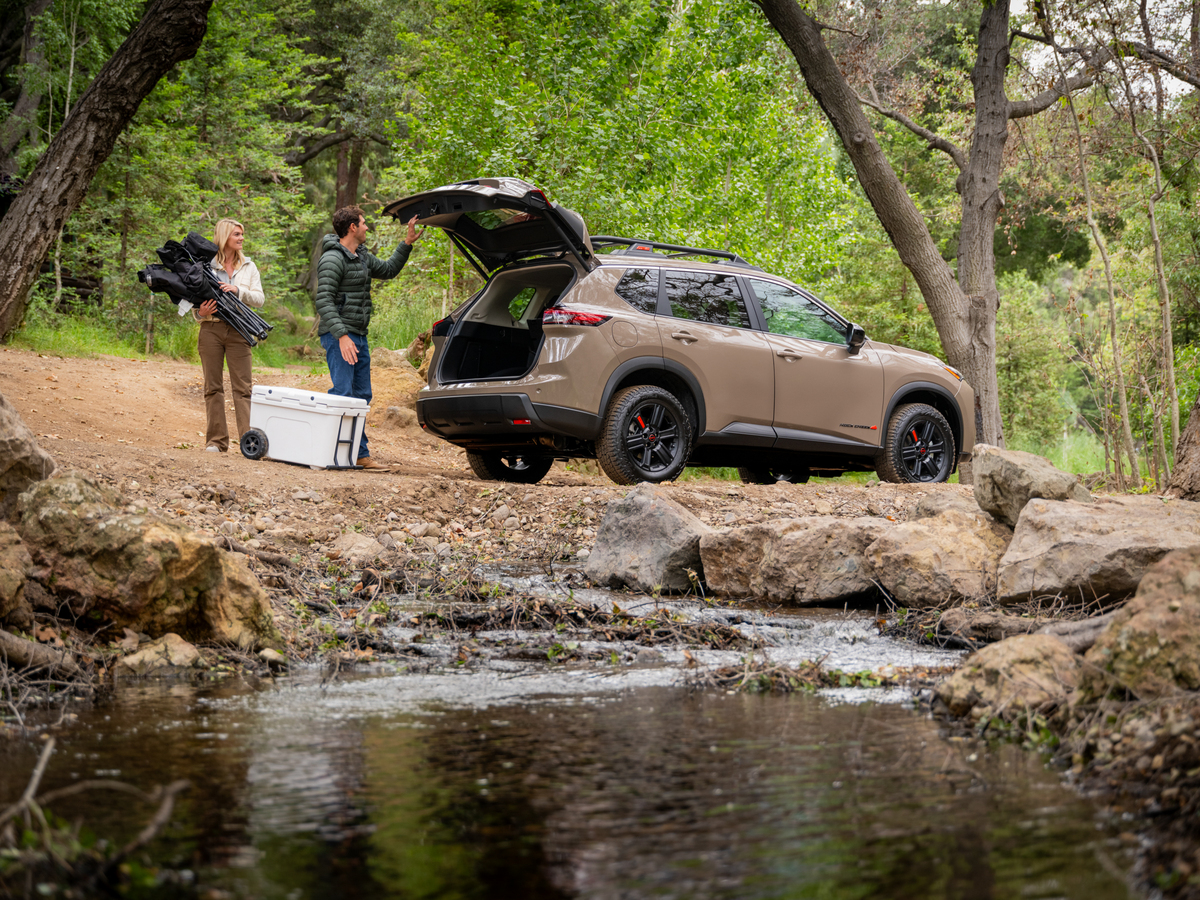Spring is here, and it’s time to refresh your Nissan after enduring the challenges of winter. Proper maintenance is essential for keeping your vehicle in top condition, ensuring safety, and avoiding costly repairs in the future. In this blog post, we’ll discuss essential spring maintenance tasks specifically tailored for Nissan vehicles. Let’s dive in!
1. Check and Change the Oil
The first step in spring maintenance for your Nissan is checking and changing the oil. Clean oil is crucial for lubricating the engine, reducing friction, and maintaining optimal performance. Over time, oil can become dirty and less effective, so it’s essential to replace it regularly.
Tip: Always use the recommended oil grade as specified in your Nissan owner’s manual. Consider using synthetic oil for better engine protection, especially if you drive in extreme conditions.
2. Inspect the Brakes
Brakes are a critical safety component in any vehicle, including your Nissan. Regular inspection for signs of wear, such as squeaking or grinding noises, reduced responsiveness, or uneven braking, is essential. If you notice any issues, it may be time to replace the brake pads, rotors, or even the brake fluid.
Tip: Nissan vehicles often feature advanced braking systems like Anti-lock Braking System (ABS) and Electronic Brake-force Distribution (EBD). Ensure these systems are functioning correctly during your inspection for optimal safety.
3. Check the Battery
Cold winter temperatures can weaken your car’s battery, affecting its performance and lifespan. Inspect the battery for signs of corrosion, leakage, or damage. Test the battery’s voltage and consider replacing it if it’s more than three years old or showing signs of weakness.
Tip: Nissan’s Intelligent Battery Management System helps optimize battery usage and lifespan. Make sure this system is activated and functioning correctly to prevent premature battery failure.
4. Inspect the Tires
Proper tire maintenance is crucial for safety, fuel efficiency, and overall performance. Check the tire pressure, tread depth, and overall condition of your Nissan’s tires. Rotate and balance them if necessary, and replace any worn-out tires to ensure optimal handling and traction.
Tip: Nissan vehicles often come equipped with Tire Pressure Monitoring System (TPMS) and Vehicle Dynamic Control (VDC). Ensure these systems are calibrated correctly and functioning as intended for maximum safety and performance.
5. Check Fluid Levels
In addition to oil, your Nissan relies on various other fluids like coolant, transmission fluid, and windshield washer fluid to operate smoothly. Check these fluid levels regularly and top them off as needed. Inspect for any leaks or contamination that may require further attention.
Tip: Nissan’s advanced engine designs and technologies require proper fluid maintenance for optimal performance. Regularly checking and replacing fluids will help your Nissan run efficiently and last longer.
6. Test the Lights and Wipers
Visibility is key to safe driving, so don’t overlook the condition and functionality of your Nissan’s lights and windshield wipers. Replace any burnt-out bulbs, cracked lenses, or worn wiper blades to ensure clear visibility in all weather conditions.
Tip: Nissan vehicles often feature advanced lighting systems and rain-sensing wipers. Ensure these systems are calibrated correctly and functioning as intended for maximum safety and convenience.
Spring is the perfect time to give your Nissan the TLC it needs to keep running smoothly and reliably throughout the year. By following these essential maintenance tips, you can ensure your vehicle is ready for the road ahead, providing you with peace of mind and enjoyable driving experiences all season long. Remember, regular maintenance not only extends the life of your Nissan but also enhances its performance, safety, and fuel efficiency. Happy driving!



